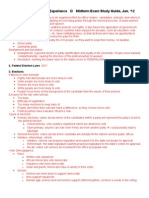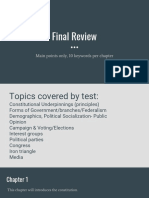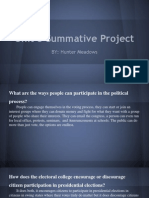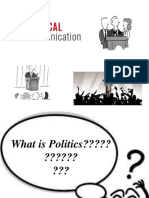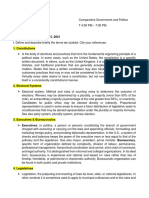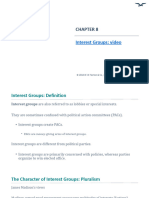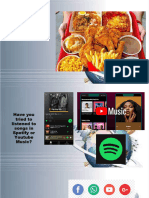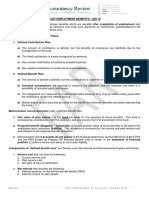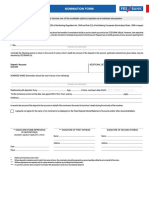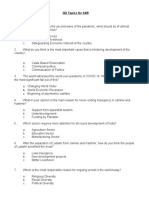0% found this document useful (0 votes)
10 views15 pagesUnit 6 Notes (Gov)
The document covers interest groups, their types, and functions, including their role in lobbying and influencing public policy. It discusses the fiscal and monetary policies of the government, types of taxation, and entitlement programs, highlighting the challenges and impacts of these policies. Additionally, it addresses the changing media landscape and its influence on political participation and public perception.
Uploaded by
lindaCopyright
© © All Rights Reserved
We take content rights seriously. If you suspect this is your content, claim it here.
Available Formats
Download as PDF, TXT or read online on Scribd
0% found this document useful (0 votes)
10 views15 pagesUnit 6 Notes (Gov)
The document covers interest groups, their types, and functions, including their role in lobbying and influencing public policy. It discusses the fiscal and monetary policies of the government, types of taxation, and entitlement programs, highlighting the challenges and impacts of these policies. Additionally, it addresses the changing media landscape and its influence on political participation and public perception.
Uploaded by
lindaCopyright
© © All Rights Reserved
We take content rights seriously. If you suspect this is your content, claim it here.
Available Formats
Download as PDF, TXT or read online on Scribd
/ 15
